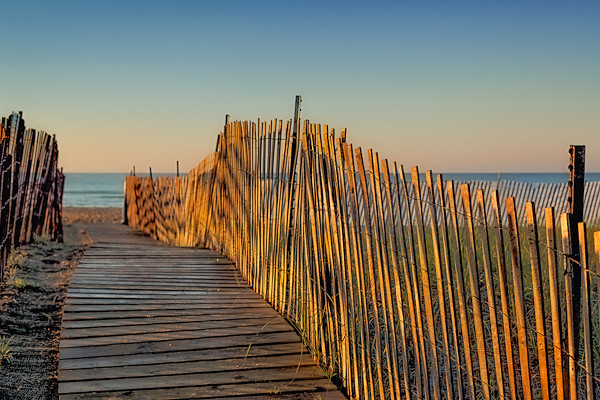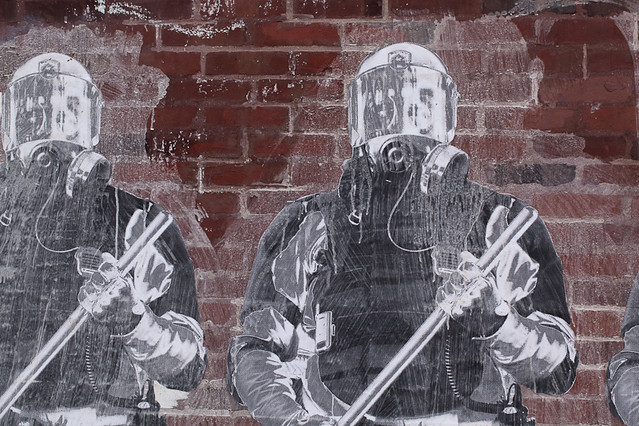This is the twelfth post–a sort of post-script–in The Barrier Series, a series of posts which chronicle my healing journey. I wrote the initial series in 2013 and updated several posts in the fall of 2014.
I wasn’t sure if/when there would be a twelfth post. I felt I was in-the-midst after I published the eleventh post, that there was more to write. Yet as much as I worked on the twelfth post I was unable to find the right words. A wise friend suggested I wait, and if it was to be, eventually I would find the right words. This post is the result of that wait.
I continue to walk on the journey of healing, the road remains, both the same and different. I gratefully share with you Loosening the Barriers Within, The Postscript.
Perhaps the passage of time is a kind of healing, or a kind of salvation granted equally to all people.”
~ Mizuki Nomura
Loosening the Barriers, Within
Yes, surely there is passage through the barriers
First, a primitive observation,
in the reflection of light a glimpse,
then, a gradual realization
that the grip of self-hatred which dimmed my heart,
insistent and unrelenting, no longer served.
No matter the lesson, how old or well learned
no longer a truth, the acceptance of unworthiness,
no longer the me I had always known – living on the razor’s edge.
A loosening of the grip, so gradual
for a time I stand unsteady and perplexed,
it takes time to trust in reality,
the realization that I am no longer the person I believed I was.
I am not the lies spoken; I am my truth heard.
I sit with unaccustomed contentment
and consider the old me, discordant
with the me uncovered, re-discovered.
In a period of dark, a depression with such depth
I lost hope of returning to the surface.
and drifted in a turbid soup colliding with
gripping emotions, unspeakable memories, unclear thoughts.
A gift perhaps, this dark unpredictable void,
time expanded and contracted, unaware of clock or calendar.
Through the murk, I glimpsed a life delicious with discovery
a life of depth, both reassuring and of concern,
the path uncertain and unknown, of course.
At last I looked through a lens, finally in focus, and recognized
the place I am, must be, need be.
Endless possibility sustains the strength to see anew, to redefine beliefs
and cast away the useless, a pure and nascent purge.
Sparked by sacred conversation, seeking the Divine,
my awareness stood on trembling, newly awakened ground.
I’m uncertain how the circumstances inter-played
but truth spoke out, in a ferocious din:
The less space I allow in my heart, mind and spirit
for thoughts of unworthiness and self-contempt,
for the holding of others’ blame and shame accepting them as mine,
for the belief that I did not deserve life itself,
when those thoughts compressed, new spaces opened.
Infinite space for my truths,
for worthiness, self-love,
for the honoring of my path, my story.
Infinite space for the Divine, the holy, the mystical that
exists in me, in every person, in the whole of humankind.
And my work and mine alone? First, responsibility for myself,
the work resplendent — self-care, self-love, self-respect.
Work that acknowledges my desires, worthwhile and deserved.
How much easier to welcome and acknowledge the Divine in me
when I shove the shit out and make room.
There is a deep connectedness to each of us in our solitude,
connection that offers life, not simply to survive but to flourish
in the experiences of both the
everyday and the glorious — the two, indistinguishable.








